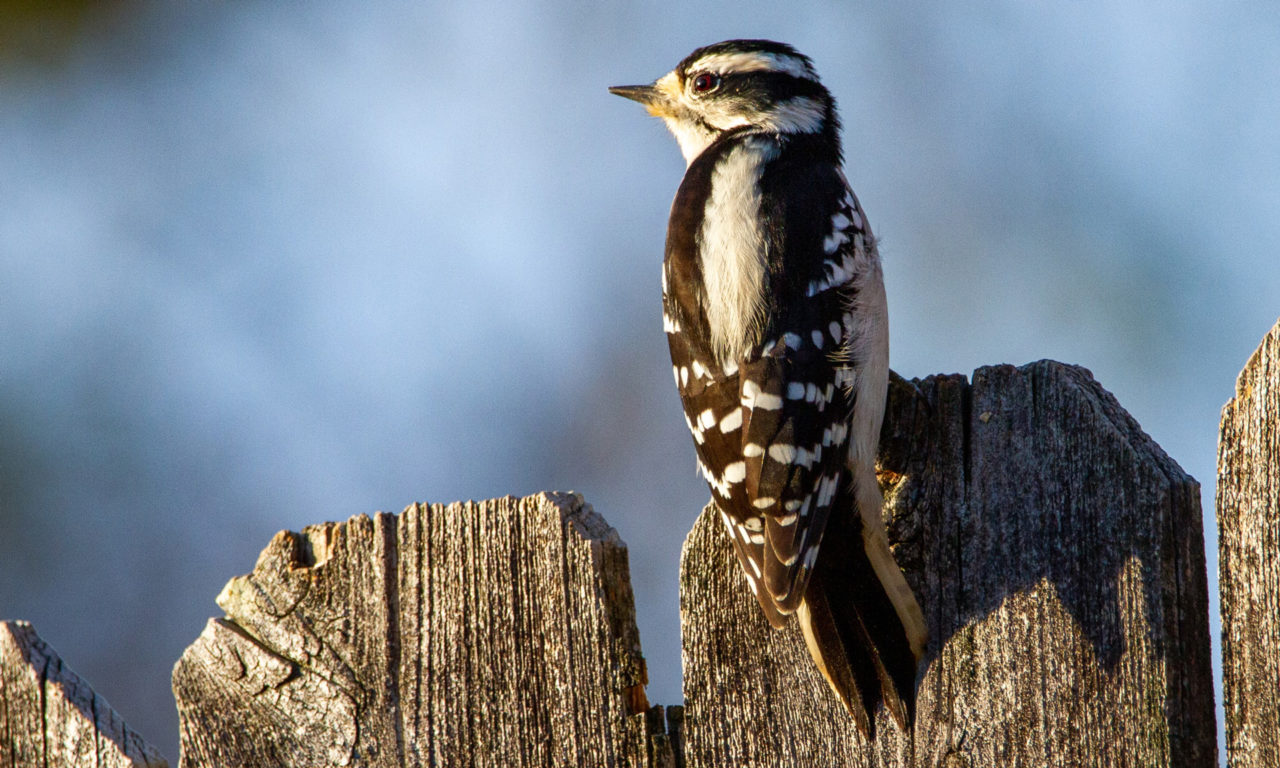Checking Out Woodpeckers in Florida Habitats: Where to Identify These Birds
Checking Out Woodpeckers in Florida Habitats: Where to Identify These Birds
Blog Article
Woodpeckers: A Comprehensive Overview to Comprehending These Distinct Birds
Woodpeckers, with their unique behaviors and physical characteristics, have actually long captivated the interest of ornithologists and nature enthusiasts alike. As we discover the intricate makeup, diverse types, and eco-friendly relevance of woodpeckers, a much deeper gratitude for these one-of-a-kind birds and the secrets they hold unravels.

Woodpeckers' Drumming Actions
Woodpeckers show a balanced and exact drumming habits that serves different vital functions in their lives. This behavior is primarily related to interaction, region defense, and foraging. The distinctive drumming sound is developed by the quick pecking of their beaks versus difficult surfaces such as tree trunks, branches, and even steel items.
Communication is an essential facet of woodpecker actions, and drumming plays a considerable role in this procedure. Woodpeckers make use of drumming to establish their presence, bring in companions, and preserve call with their companions and children. The regularity, strength, and duration of drumming series communicate specific messages to various other woodpeckers in the area.
In addition to interaction, woodpeckers use drumming actions for area defense. Woodpeckers in Florida. The loud and recurring drumming works as an advising to potential burglars, signaling that the location is already asserted. By establishing their territory with drumming, woodpeckers reduce the chance of disputes over beneficial resources such as food and nesting websites
Furthermore, woodpeckers additionally employ drumming as a foraging strategy. The rhythmic pecking aids them locate bugs hiding underneath the bark of trees by creating vibrations that interfere with the prey's camouflage. This behavior showcases the versatility and resourcefulness of woodpeckers in using their drumming abilities for numerous vital objectives.
Unique Adjustments for Tree Climbing
Having actually understood the art of drumming to connect, defend territory, and forage, woodpeckers have developed distinct adaptations that facilitate their exceptional climbing capabilities in their arboreal habitats. Woodpeckers have zygodactyl feet, with two toes directing ahead and two toes directing backwards. These tail feathers offer stability and balance, enabling woodpeckers to maneuver up tree trunks with accuracy and dexterity.
In addition, woodpeckers have effective neck muscular tissues and an one-of-a-kind head framework that help in their climbing up capabilities. Their strong neck muscles allow them to swiftly eat tree bark without experiencing whiplash, while their thick head and little brain act as shock absorbers, protecting them from the influence of duplicated drumming. These adaptations blog collectively make it possible for woodpeckers to browse the upright world of trees with efficiency and poise.

Duty of Woodpeckers in Communities
By foraging for insects under the bark of trees, woodpeckers help regulate pest populations, preventing outbreaks that could harm the overall health of the woodland. In addition, woodpeckers create cavities in trees that serve as important nesting websites for a range of other bird species, advertising biodiversity within the environment.
Additionally, the drumming and vocalizations of woodpeckers play a crucial role in interaction and area establishment. These sounds not only offer to attract mates yet also assist define boundaries in between various woodpecker regions, lowering disputes and promoting a harmonious conjunction within the forest community. Generally, the existence of woodpeckers in forest communities highlights their significance as keystone species, influencing the dynamics and working of these environments in multifaceted methods.
Anatomy: Specialized Beaks and Feet
In the detailed web of woodland ecosystems, the specialized beaks and feet of woodpeckers are important adaptations that enable them to meet their important ecological roles. Woodpeckers have special anatomical features that are specifically developed to assist them in their foraging and nesting actions.
The most unique feature of woodpeckers is their solid, chisel-shaped beaks. These beaks are perfectly adapted for drilling right into timber to reveal insects, larvae, and sap surprise under the bark of trees. The strong muscles and sturdy framework of their beaks enable woodpeckers to peck at a price of up to 20 times per secondly without creating damage to their heads.
Furthermore, woodpeckers have specialized feet that help in their acrobatic climbing capabilities. Their feet have 2 toes pointing onward and 2 toes pointing Continue backward, giving a solid grasp on upright surfaces (Woodpeckers in Florida). This one-of-a-kind foot arrangement, together with stiff tail plumes that function as a helpful prop, permits woodpeckers to cling to tree trunks and branches easily while they look for food or dig deep into nesting dental caries
Woodpecker Types Variety
Woodpeckers are a varied group of birds located throughout numerous ecological communities worldwide, with over 200 well-known varieties displaying adaptations to different settings. Woodpeckers have progressed to populate a variety of settings, from woodlands and forests to meadows and deserts, each offering one-of-a-kind obstacles that have affected the evolution of distinct woodpecker species.
An additional contributing aspect to woodpecker types diversity is their specialized feeding actions. Different varieties why not try this out have advanced to exploit different food sources, such as pests, tree sap, fruits, and nuts, bring about the advancement of certain adjustments in beak form, dimension, and strength. These adjustments allow woodpeckers to forage efficiently in their respective environments, lowering competition among species and advertising particular niche distinction. Additionally, geographic isolation and historic variables have actually contributed fit the circulation and variety of woodpecker species, resulting in the large range of specialized adjustments seen in these remarkable birds.

Final Thought
In verdict, woodpeckers are remarkable birds that show one-of-a-kind drumming actions, specialized adjustments for tree climbing, and play important roles in environments. With a varied range of woodpecker species found worldwide, these birds are necessary for preserving the health and wellness and equilibrium of forests and forests.
Report this page